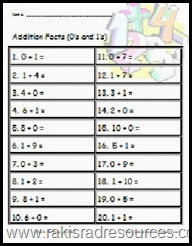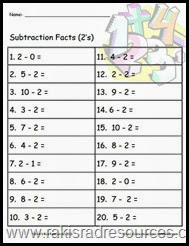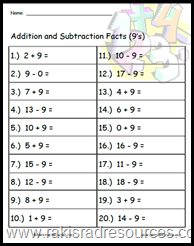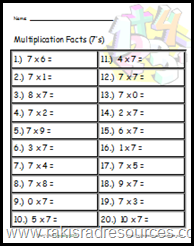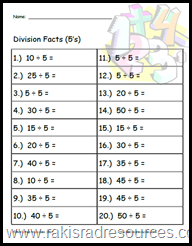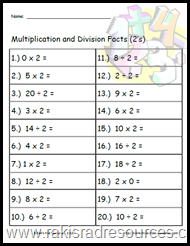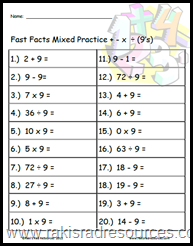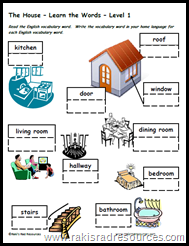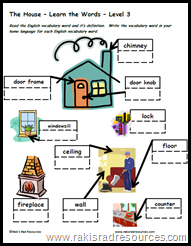As a teacher at an International School, many of my students are English Language Learners. Even my native English speakers are living in a non-English speaking country. Due to my unique teaching position, I have had some readers ask for tips on teaching English Language Learners. Here is this week’s Tuesday TESOL Teaching Tip:

ELL Teaching Tip of the Week: Second and third year ESL students still need extra assistance.
The first year of English for any student is the most difficult, but it’s not the only time when English Language Learners need help. Recently, I had a parent conference with the parent of a second year ESL student. Her words to me have stuck in my head. She said, “Last year, I knew what our goal was. She needed to speak, read and write English. But this year, I don’t know what the goal is. What do we do now?” Here is what I said to her, and what I would recommend other teachers continue to work on with second and third year ESL students:
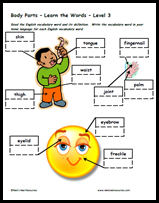 1. Vocabulary Development: During the first year, an ESL student seem to grasp words quicker than any other time in their development, simply because they start off with zero and they need a word for everything! However, the second year their vocabulary should double what it was in the first year because now they can begin to connect words with other words they know and have multiple words for one thing. This is the time to focus in on synonyms, antonyms, homophones, and homographs. Structured vocabulary instruction should continue during this time. My second and third year ESL students continue to use my ESL Vocabulary Packets to enrich their vocabulary, now working at a Level 3 or Level 4. With second year students, they may know all of their body parts, but do they know words like eyebrow, eyelid, finger nail and freckle? Most likely not, so this is the time to add these detailed words to their vocabulary.
1. Vocabulary Development: During the first year, an ESL student seem to grasp words quicker than any other time in their development, simply because they start off with zero and they need a word for everything! However, the second year their vocabulary should double what it was in the first year because now they can begin to connect words with other words they know and have multiple words for one thing. This is the time to focus in on synonyms, antonyms, homophones, and homographs. Structured vocabulary instruction should continue during this time. My second and third year ESL students continue to use my ESL Vocabulary Packets to enrich their vocabulary, now working at a Level 3 or Level 4. With second year students, they may know all of their body parts, but do they know words like eyebrow, eyelid, finger nail and freckle? Most likely not, so this is the time to add these detailed words to their vocabulary.
2. Speaking and Writing Grammatically Correct: During the first year, we just want ESL students to speak. We are often struggling through that dreaded silent period and once they start to produce sentences – in speaking and writing, we are willing to take anything we can get, no matter the grammar. However, during the second year, students should be able to produce a lot – both orally and written – so now is the time to get that grammar under control. I teach grammar rules explicitly using mini lessons and daily language. Never assume the proper grammar will just “sound right” to your students. They need to know why they must speak and write with this grammatical structure. I require all of my students to speak, as well as write, grammatically correct. They need to practice this skill in all productive language. If they say something incorrectly during their second or third year of English, I correct them gently and ask them to restate the sentence. After awhile, they begin to correct each other – and I allow this as long as it is done respectfully and politely. Soon, the grammar is no longer a problem. In fact, many of my ESL students end up with better grammar than my native speakers!
 3. Listening Carefully: When you first learn a language, you can only focus into a story read aloud or a t.v. show in that language for a very small time. During that first year, I don’t ask comprehension questions of my students during read aloud or videos. I do make them sit respectfully and be immersed, but I know that they are only comprehending about 25% of what is said. By the second year, students should be up to 60 – 75% comprehension. Now is the time to focus their listening. During the second year, I regularly ask comprehension questions, require reflection and use other strategies that require students to actively listen to what is going on. This is the best time for students to begin working in a Read Aloud Journal. After not understanding for so long, it is a shock to students when they realize that they can grasp the meaning of what is going on, and often they don’t realize it unless I point it out and require it.
3. Listening Carefully: When you first learn a language, you can only focus into a story read aloud or a t.v. show in that language for a very small time. During that first year, I don’t ask comprehension questions of my students during read aloud or videos. I do make them sit respectfully and be immersed, but I know that they are only comprehending about 25% of what is said. By the second year, students should be up to 60 – 75% comprehension. Now is the time to focus their listening. During the second year, I regularly ask comprehension questions, require reflection and use other strategies that require students to actively listen to what is going on. This is the best time for students to begin working in a Read Aloud Journal. After not understanding for so long, it is a shock to students when they realize that they can grasp the meaning of what is going on, and often they don’t realize it unless I point it out and require it.
4. Reading Voraciously: Just like with listening, students in their first year often read long passages, or pages of a book without having any clue what they read. This is especially true for older students who come to English already reading in a home language that has a similar alphabet/ phonetic structure to English (Spanish, French, etc.) (Students coming from Arabic or Chinese do less of this, as they have to re-learn phonics when they come to English.) During the second year, students have built up enough vocabulary to begin to truly understand what they are reading, so this is the time to let them loose on reading anything and everything. Pick a topic or a series that interests them and encourage them to read as much as possible. Encourage students to re-read stories from their first year of English and see how much more they understand now.
5. Maintain the Home Language: During the first year of English learning, it is really easy to let the home language slip into the background, as all energy is focused on learning English. (As a mother, I did this when my kids began learning Arabic. We stopped all but the basics in English to allow their brain to focus on the new language.) However, we don’t want students to lose their home language for so many reasons. There are reasons like family continuity, the benefits of being bilingual, future studies in their home language etc. However, there are also benefits to English learning if a home language is maintained. For example, students will be able to compare and contrast the grammatical structures of the two languages, will be able to find cognates between the two languages and will be able to connect the common stories of the two languages. So, during the second and third year, I encourage my parents to work with their children in their home language – continuing growth in reading, writing, grammar, spelling, vocabulary etc.
I am very lucky to get to work with my students for more than one year, so I generally know where they are in the ESL spectrum when I get them. If you don’t, be sure to ask students, or past teachers, at the beginning of the year how long they have been learning English. On year, I had a student who spoke beautiful English, but wrote terribly. It wasn’t until October that someone told me this was only his second year of English. Knowing our students helps us better meet their needs.
What do you do with your second and third year ESL students?
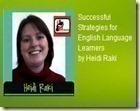 Do you enjoy the weekly TESOL Teaching Tips? Would you like to view an hour long presentation on this topic? I recently presented on Strategies for Teaching English Language Learners at the Everything’s Intermediate Expo. Now you can grab the presentation for just $3.95 from Teacher’s Notebook.
Do you enjoy the weekly TESOL Teaching Tips? Would you like to view an hour long presentation on this topic? I recently presented on Strategies for Teaching English Language Learners at the Everything’s Intermediate Expo. Now you can grab the presentation for just $3.95 from Teacher’s Notebook.
 Find more TESOL Teaching Tips here, and come back every Tuesday for a new tip!
Find more TESOL Teaching Tips here, and come back every Tuesday for a new tip!
![Heidi-Raki-of-Rakis-Rad-Resources322[1] Heidi-Raki-of-Rakis-Rad-Resources322[1]](http://lh4.ggpht.com/-ysPpxgb38-8/UVtvLeD7yzI/AAAAAAAAMJA/IEjA3gkByME/Heidi-Raki-of-Rakis-Rad-Resources322%25255B1%25255D%25255B2%25255D.png?imgmax=800)
 Last week all of the students from Year 1 (Kindergarten) through Year 6 (5th grade) worked on doubling and halving in math. The Year 1 and Year 2 students worked on doubling and halving the numbers from 1 – 10. The Year 3 – Year 5 students worked on doubling and halving larger numbers (2 – 4 digit numbers). Year 6 worked on doubling and halving decimals and fractions. On Friday, we combined all three classes and spent two hours cooking doubled recipes. The students worked in multiage groups of 4 or 5 students.
Last week all of the students from Year 1 (Kindergarten) through Year 6 (5th grade) worked on doubling and halving in math. The Year 1 and Year 2 students worked on doubling and halving the numbers from 1 – 10. The Year 3 – Year 5 students worked on doubling and halving larger numbers (2 – 4 digit numbers). Year 6 worked on doubling and halving decimals and fractions. On Friday, we combined all three classes and spent two hours cooking doubled recipes. The students worked in multiage groups of 4 or 5 students.
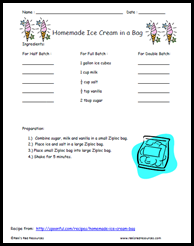
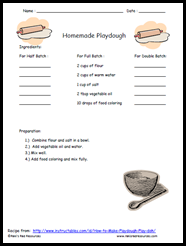
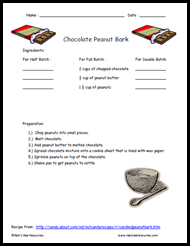
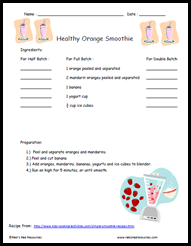
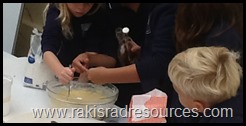
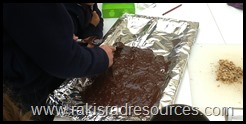
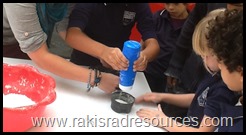
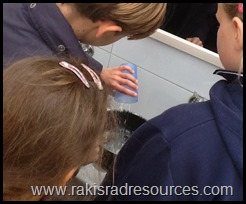
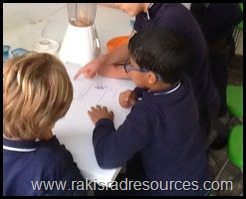
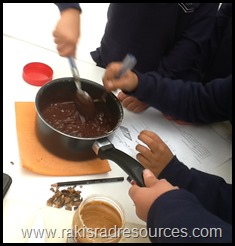
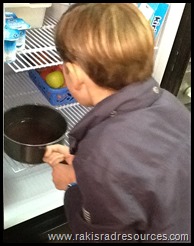
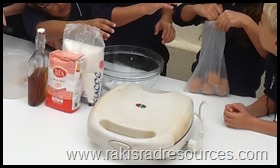
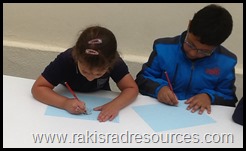
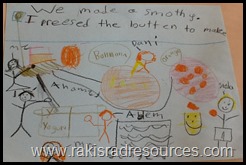


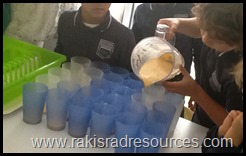

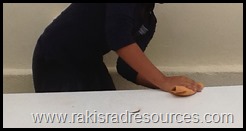

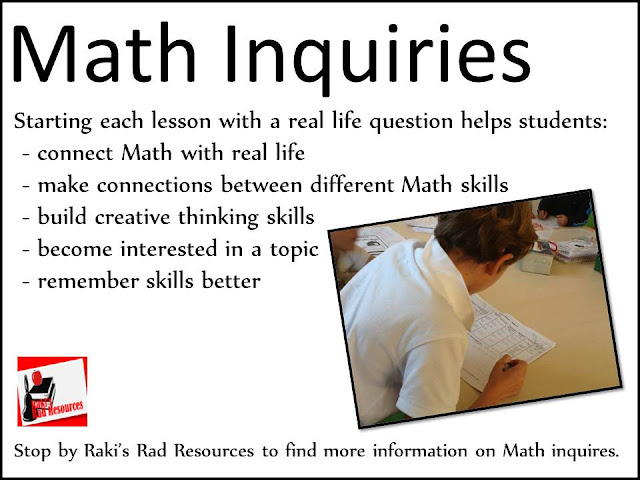
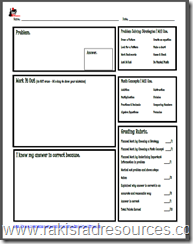


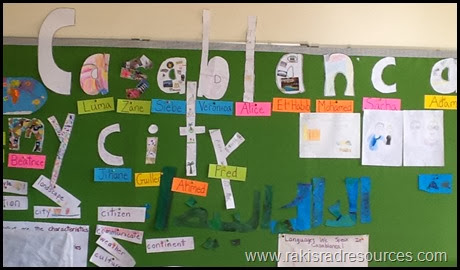
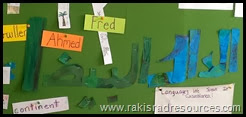
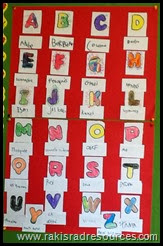



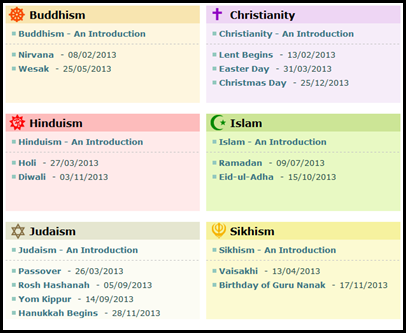

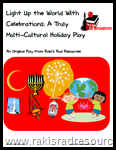

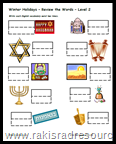






![Heidi-Raki-of-Rakis-Rad-Resources322[1] Heidi-Raki-of-Rakis-Rad-Resources322[1]](http://lh4.ggpht.com/-ysPpxgb38-8/UVtvLeD7yzI/AAAAAAAAMJA/IEjA3gkByME/Heidi-Raki-of-Rakis-Rad-Resources322%25255B1%25255D%25255B2%25255D.png?imgmax=800)

